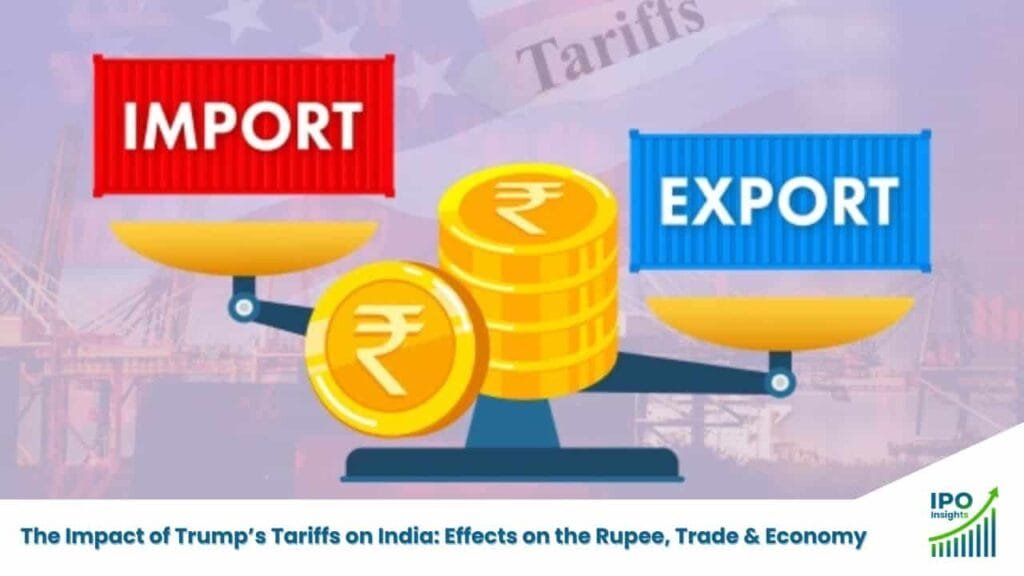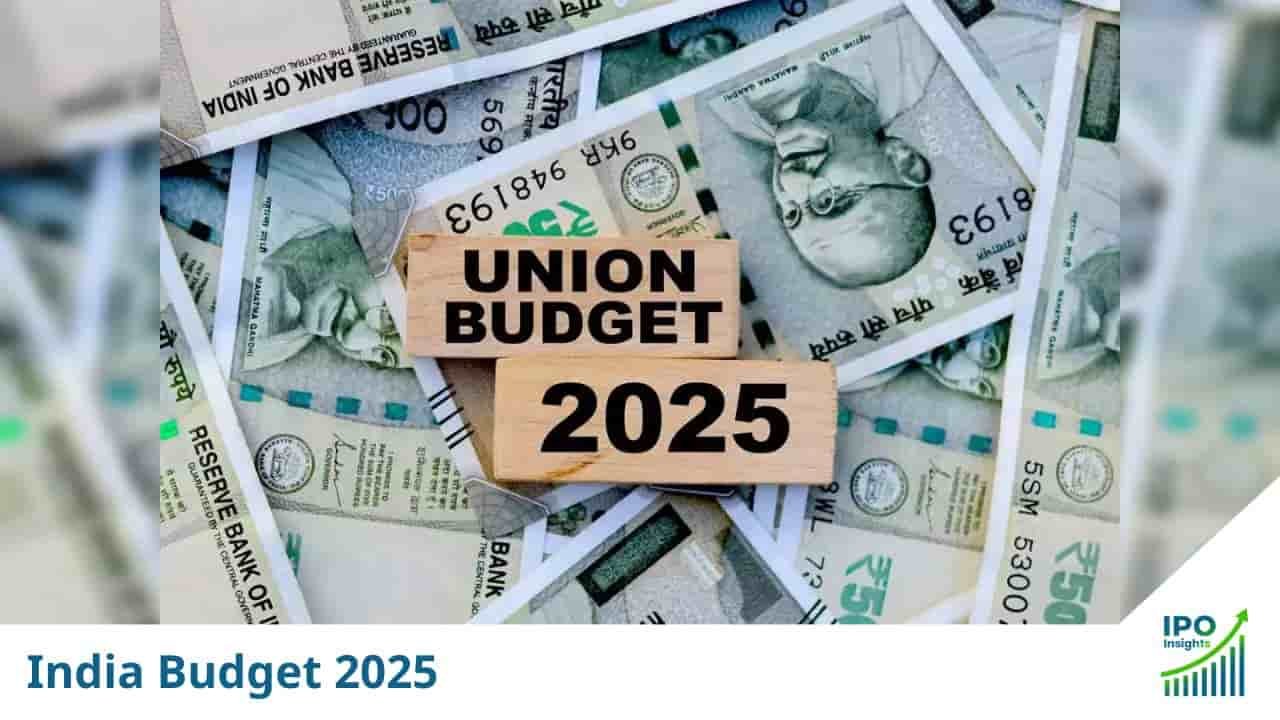Understanding Trump’s Tariff Policy
During his presidency, Donald Trump implemented tariff policies that significantly reshaped U.S. trade relations. His strategy aimed to boost domestic manufacturing and reduce the trade deficit by imposing tariffs on imported goods. Key sectors affected included steel, aluminum, and industrial goods, which were considered essential for economic security.
The “America First” policy prioritized U.S. interests, with supporters arguing that tariffs protect American jobs and stimulate economic growth. However, critics warned of retaliatory tariffs from trade partners, increasing costs for U.S. consumers and exporters.
How Did Trump’s Tariffs Affect Global Trade?
- Agriculture: Countries like China imposed counter-tariffs on U.S. farm products, reducing American exports.
- Technology: Increased costs disrupted global supply chains and impacted tech companies.
- Trade Relations: Many nations, including India, had to rethink their trade strategies.
Understanding these global shifts is crucial in analyzing how Trump’s tariff policies impacted the Indian economy, trade, and the rupee.
Effects of Trump’s Tariffs on the Indian Rupee
1. Trade Imbalance & Rupee Depreciation
Trump’s tariff hikes reduced India’s export competitiveness, leading to trade imbalances and a weaker rupee. A decline in export revenue reduces foreign exchange reserves, further weakening the INR against the USD.
2. Foreign Investment & Currency Fluctuations
- Higher tariff costs made India a less attractive investment destination.
- Foreign direct investment (FDI) inflows declined, impacting the rupee’s stability.
- Economic uncertainty led to speculative trading, adding to currency volatility.
3. Market Psychology & Rupee Stability
Global trade tensions influence investor sentiment, causing currency fluctuations. Uncertainty surrounding tariff negotiations and trade policies led to a volatile Indian rupee as market participants adjusted their positions.
Impact on India’s Trade Relations
1. Decline in Exports to the U.S.
- Steel, aluminum, and consumer goods faced higher tariffs, reducing India’s exports to the U.S.
- Indian companies struggled with rising costs, affecting their global market share.
2. Shift Towards Alternative Markets
In response to U.S. trade restrictions, Indian industries explored new markets:
- Southeast Asia & Europe emerged as major alternatives.
- Textiles & Pharmaceuticals expanded exports to Africa & Latin America.
3. Government Initiatives & ‘Make in India’
- The Make in India initiative encouraged domestic production to counter import dependency.
- Increased investments in research & development (R&D) fostered innovation & competitiveness.
- Manufacturing diversification helped India reduce reliance on U.S. trade.
Future Outlook: How Will India Adapt to Tariff Challenges?
1. Strengthening Domestic Manufacturing
- Investments in local industries can reduce the impact of foreign tariffs.
- The ‘Make in India’ initiative is expected to gain more traction.
2. Policy Reforms for Economic Resilience
- Reducing trade dependency on any single country.
- Improving ease of doing business to attract more foreign investments.
- Developing strategic trade agreements to secure favorable export conditions.
3. Trade Agreements & Diplomatic Engagement
- India needs to negotiate new trade deals to counter tariff-related disruptions.
- Strengthening ties with countries outside the U.S. will enhance economic stability.
Despite the challenges posed by Trump’s tariffs, these disruptions have also pushed India towards a more self-reliant and diversified trade strategy.
FAQs: Trump Tariffs & India’s Economy
Trump’s tariffs increased costs on Indian exports like steel and aluminum, reducing competitiveness and leading to a decline in trade volumes with the U.S.
The tariffs led to trade imbalances, lower foreign exchange reserves, and reduced foreign investments, causing rupee depreciation against the U.S. dollar.
India is diversifying export markets, focusing on self-reliance, and strengthening trade with Europe, Southeast Asia, and Latin America.
With new leadership, trade negotiations may change, potentially easing some tariff restrictions and opening new trade opportunities.
Industries like steel, aluminum, textiles, and pharmaceuticals faced significant trade disruptions due to higher tariffs and reduced export demand.
Disclaimer: This article provides general information and analysis. It is not financial advice. Consult with a qualified financial advisor before making any investment decisions.







